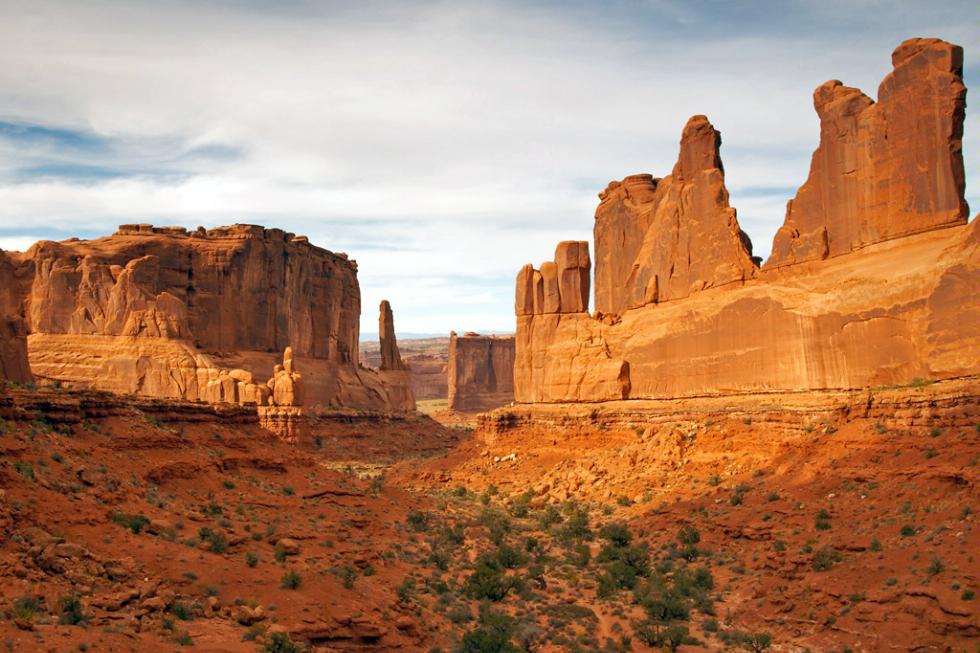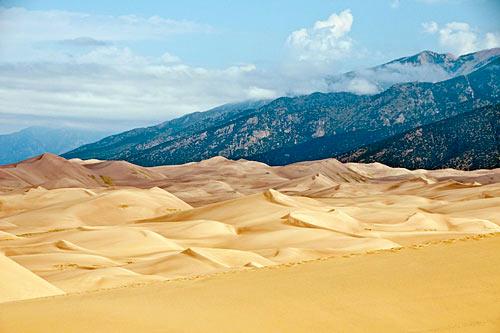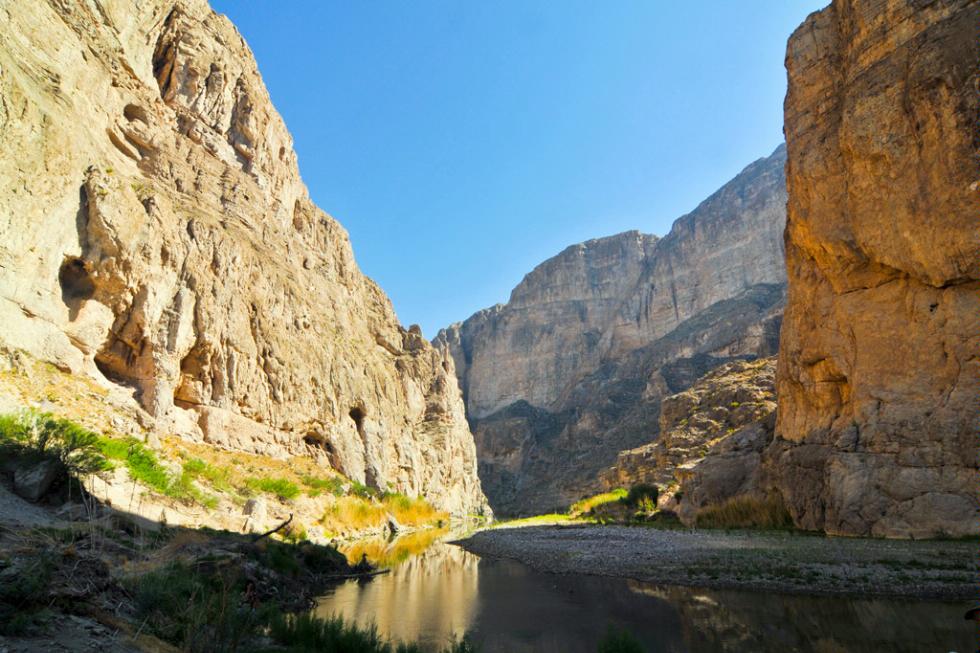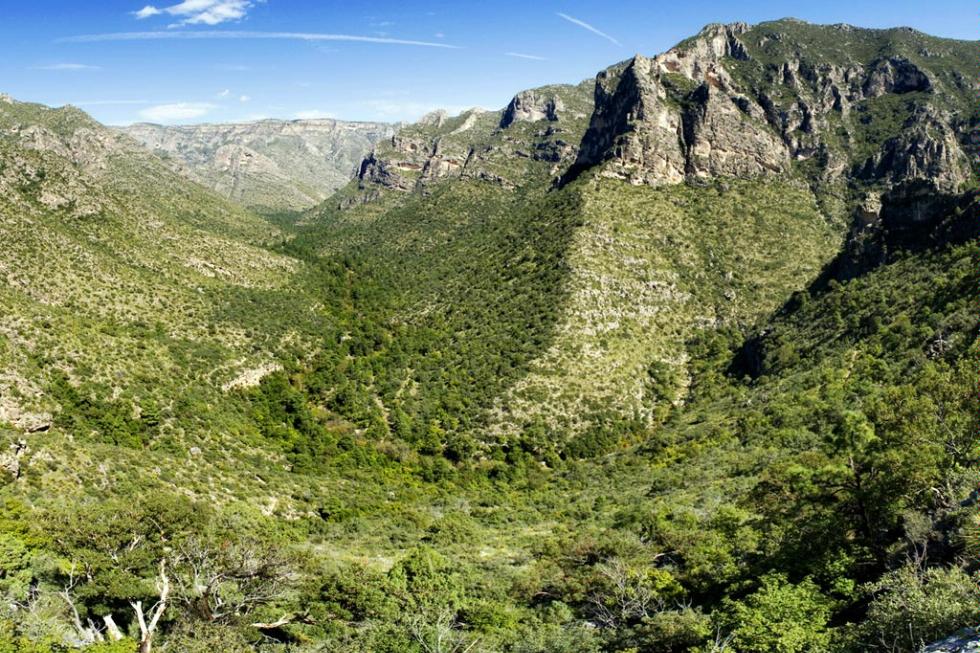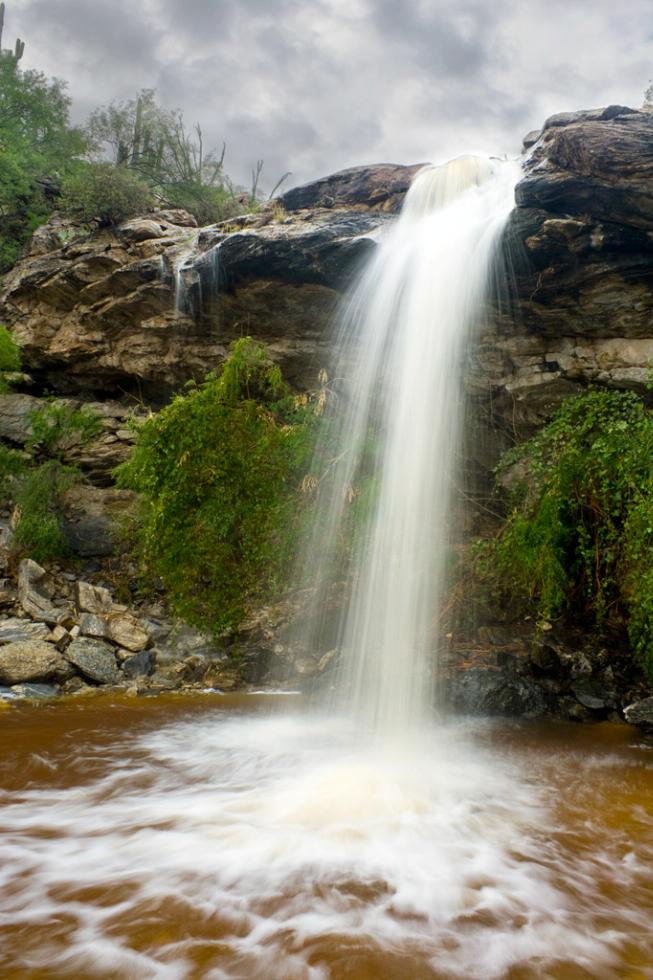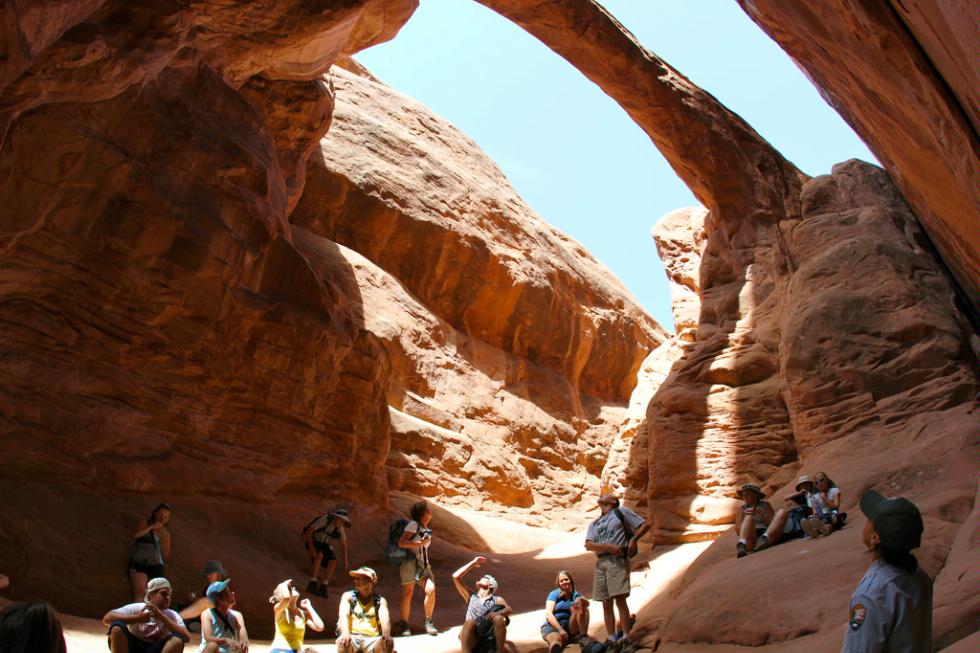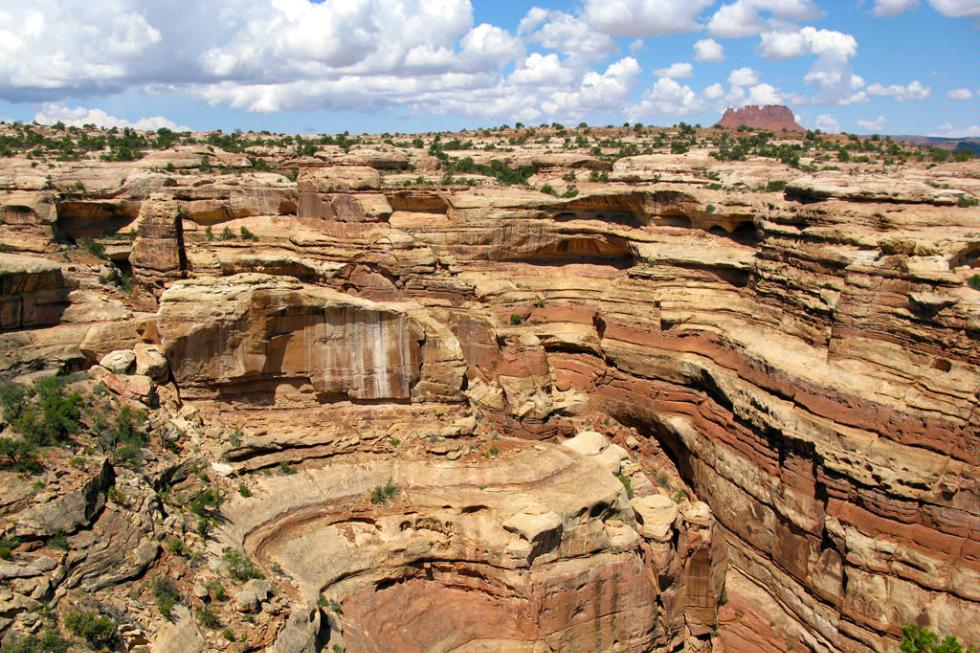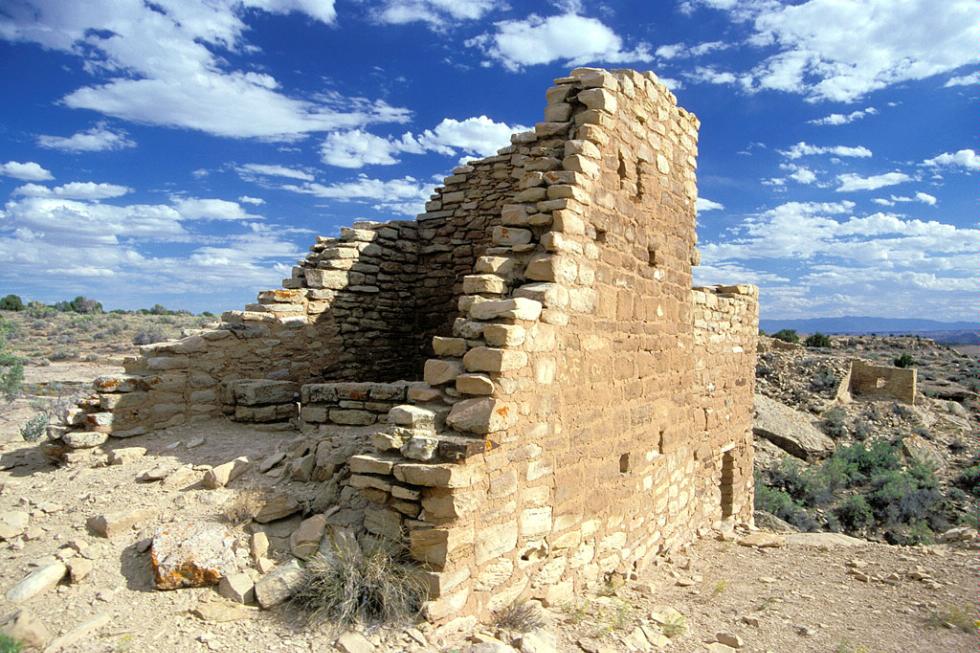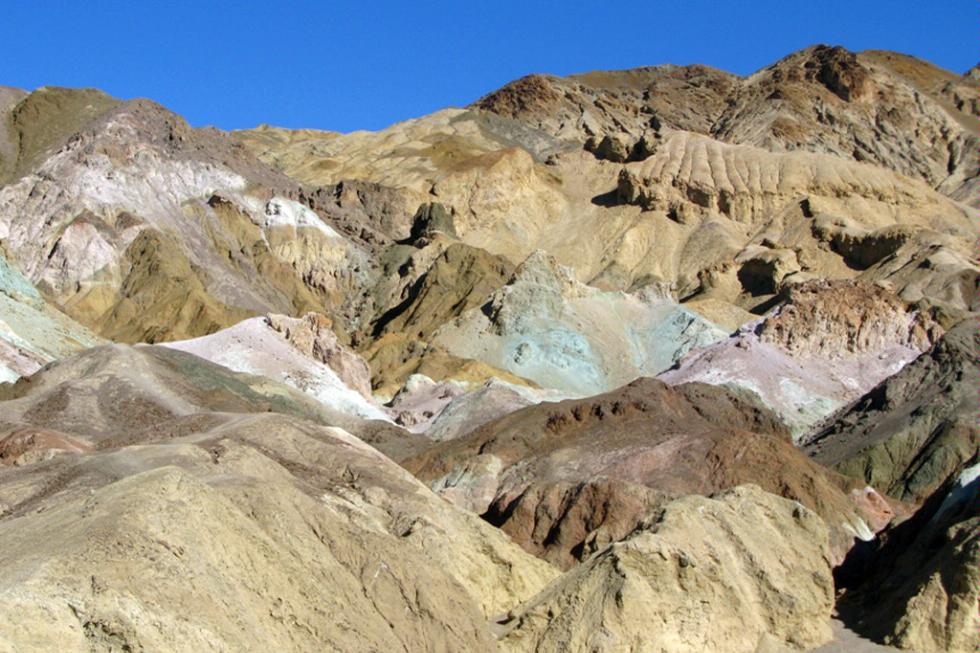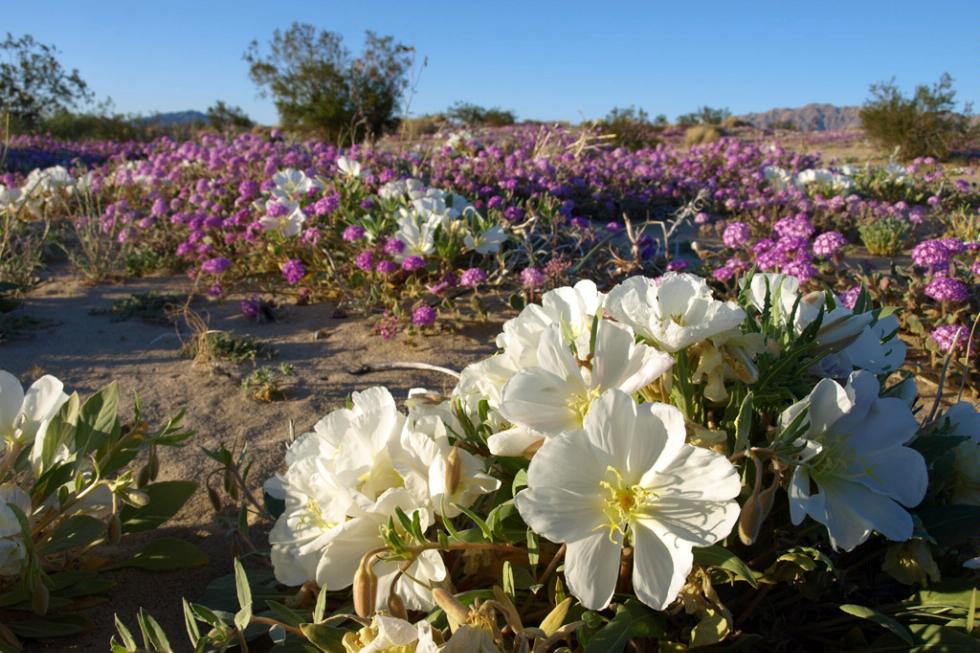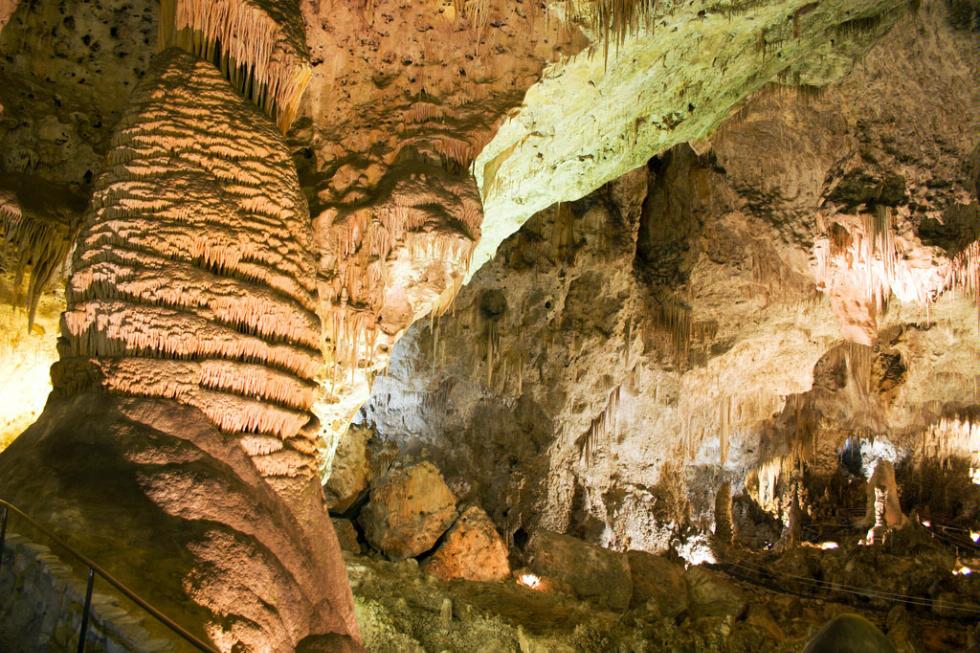Best National Parks in the Southwest
By Eric Peterson
The many charms of the Southwestern national parks, spiced with a lot of red rock and served with just a little bit of water, are gorgeous year-round. Here's where to go in Arizona, California, Colorado, New Mexico, Texas, and Utah. From the wilds of West Texas to the Mojave Desert of California and that rugged quarter of the country in between, this swath of the U.S. remains untamed—and less crowded than some of the country's more famous national parks.
Photo: Park Avenue in Arches National Park in Utah
Photo: Park Avenue in Arches National Park in Utah
Great Sand Dunes National Park & Preserve, Colorado
The tallest dunes in North America are a favorite destination for adrenaline junkies after the snow on Colorado's ski slopes melts. Conditions are best in the spring at Great Sand Dunes National Park & Preserve for sand-sports such as snowboarding, skiing, and sledding face-first off the top of 750-foot High Dune.
Some of the best slopes are north of the main parking area for the dunes off Medano Pass Primitive Road (4x4 vehicles only), featuring seriously steep sand dunes that suddenly end on the banks of Medano Creek. Don't bring your best gear, or even second-best, because you won't get away with using a cardboard box to use as a sled. Get something out of storage for one final mission; it's bound to get scratched.
More Info: www.nps.gov/grsa
Photo by Tom Chiakulas/Frommers.com Community
Some of the best slopes are north of the main parking area for the dunes off Medano Pass Primitive Road (4x4 vehicles only), featuring seriously steep sand dunes that suddenly end on the banks of Medano Creek. Don't bring your best gear, or even second-best, because you won't get away with using a cardboard box to use as a sled. Get something out of storage for one final mission; it's bound to get scratched.
More Info: www.nps.gov/grsa
Photo by Tom Chiakulas/Frommers.com Community
Big Bend National Park, Texas
One of the last American frontiers, Big Bend National Park in West Texas is just the place for whitewater rafting. In a few days, hike Emory Peak, get a glimpse of the mouth of Santa Elena or Boquillas canyon, and take a day trip rafting the Rio Grande.
If you have more time, you can raft all three of the legendary canyons on the park's stretch of the Rio Grande: Boquillas (pictured), Santa Elena, and Mariscal. Check with the river rats at Far Flung Outdoor Center for specifics on a guided trip. On your way in and out, spend the night in Terlingua, the park's funky gateway town.
More Info: www.nps.gov/bibe
If you have more time, you can raft all three of the legendary canyons on the park's stretch of the Rio Grande: Boquillas (pictured), Santa Elena, and Mariscal. Check with the river rats at Far Flung Outdoor Center for specifics on a guided trip. On your way in and out, spend the night in Terlingua, the park's funky gateway town.
More Info: www.nps.gov/bibe
Guadalupe Mountains National Park, Texas
Some folks say McKittrick Canyon in Guadalupe Mountains National Park is the prettiest spot for Texas, and you'd have a hard time arguing with them. Plan to hike here for at least half a day, but if you can, allot a full day for the 10-mile hike round-trip to the Notch for one of the best viewpoints in the vicinity. Here, you can look out over McKittrick Canyon (pictured), a verdant contrast to the vast desert beyond the canyon's mouth.
The other can't-miss hike in this remote park is the Guadalupe Peak Trail, ascending nearly 3,000 feet to the highest point in Texas (8,749 feet above sea level) on an 8½-mile hike round-trip.
More Info: www.nps.gov/gumo
The other can't-miss hike in this remote park is the Guadalupe Peak Trail, ascending nearly 3,000 feet to the highest point in Texas (8,749 feet above sea level) on an 8½-mile hike round-trip.
More Info: www.nps.gov/gumo
Saguaro National Park, Arizona
Eastern Tucson melts away into Saguaro National Park's Rincon District (Saguaro East), featuring a network of trails crisscrossing this desert wilderness. Try the 5.2-mile hike to Bridal Wreath Falls (pictured), a seasonal waterfall that flows into a desert oasis surrounded by the park's namesake cactus.
From the starting point at the Douglas Spring Trailhead (there is a small parking lot at the eastern terminus of Speedway Blvd.), the trail gains nearly 1,000 feet in elevation from the trailhead. Be sure to bring a map and plenty of water on this hike.
More Info: www.nps.gov/sagu
From the starting point at the Douglas Spring Trailhead (there is a small parking lot at the eastern terminus of Speedway Blvd.), the trail gains nearly 1,000 feet in elevation from the trailhead. Be sure to bring a map and plenty of water on this hike.
More Info: www.nps.gov/sagu
Arches National Park, Utah
Every day during the busy season, rangers take visitors on guided hikes of the aptly named Fiery Furnace (pictured), a wonderland of red-rock formations in Arches National Park. (Tours often sell out; make reservations as far in advance as possible at www.recreation.gov.)
The Fiery Furnace is a maze-like network of deep slot canyons, featuring a number of rugged areas that require good boots and a fair amount of scurrying and squeezing. It's worth it: The route is populated by amazing arches and otherworldly landscapes around every corner.
More Info: www.nps.gov/arch
The Fiery Furnace is a maze-like network of deep slot canyons, featuring a number of rugged areas that require good boots and a fair amount of scurrying and squeezing. It's worth it: The route is populated by amazing arches and otherworldly landscapes around every corner.
More Info: www.nps.gov/arch
Canyonlands National Park, Utah
Few of the park's visitors make it to the Maze, the most remote of the three districts in Canyonlands National Park. The labyrinthine results of erosion here comprise some of the most jaw-dropping vistas in the West. It's also one of the more remote and inaccessible spots in the West. You're going to need a serious four-wheel-drive vehicle and plenty of time —and sweat—to invest in an expedition here.
The reward comes in the form of hiking the Maze Overlook Trail (pictured), watching the sunset over the shale pillars known as the Chocolate Drops, and descending from the Doll House Area to the Colorado River for a firsthand look at the waterway responsible for carving this geological masterstroke.
More Info: www.nps.gov/cany
The reward comes in the form of hiking the Maze Overlook Trail (pictured), watching the sunset over the shale pillars known as the Chocolate Drops, and descending from the Doll House Area to the Colorado River for a firsthand look at the waterway responsible for carving this geological masterstroke.
More Info: www.nps.gov/cany
Hovenweep National Monument, Utah and Colorado
Mesa Verde National Park attracts the crowds, but Hovenweep National Monument on the Utah-Colorado border offers a similar, bug-in-amber look at the life of the Anasazi people—without the modern bustle. You'll see into the past through a lens of the ruins of six villages built eight centuries ago. The largest such group of structures is the Square Tower Group; start here and hike the 2-mile loop trail for a view of multistory towers and castle-like lookouts. Cross into Colorado to see three other groups, then at the end of the day, head over to the Cajon Group (pictured) for a great vantage point to snap a picture of the sunset.
More Info: www.nps.gov/hove
More Info: www.nps.gov/hove
Death Valley National Park, California
Death Valley National Park is best visited before the summer heat arrives in full force. Get up early before the valley floor starts to sizzle, and visit Artist's Palette (pictured), one of the backdrops used in Star Wars when Death Valley stood in for Luke Skywalker's home planet of Tatooine. After breakfast, head for the park's high country and hike to the summit of Telescope Peak, looming 11,331 feet above the valley floor's low point at Badwater (282 feet below sea level). The mountain sees its fair share of winter weather; spring hikes may involve crossing snowfields.
More Info: www.nps.gov/deva
More Info: www.nps.gov/deva
Joshua Tree National Park, California
Springtime is prime time to see the vibrant wildflowers blooming in Joshua Tree National Park, straddling the rugged Mojave and Colorado deserts in California. The quality and quantity of the bloom depend on rainfall, but most years see at least some wildflowers blooming in park boundaries into May. The park regularly updates the status of blooming wildflowers on its website. While you're here, take the 3-mile loop to the top of Mastodon Peak for one of the best views in the park.
More Info: www.nps.gov/jotr
More Info: www.nps.gov/jotr
Carlsbad Caverns National Park, New Mexico
The temperature remains pretty steady underground no matter what the weather is on the surface: In Carlsbad Caverns National Park, it's usually 56 degrees Fahrenheit no matter what. You can get off the beaten (subterranean) path with a guided tour of Slaughter Canyon Cave. There are no lightbulbs save headlamps on the tour, pavement is nonexistent, and the cavern entrance is accessed by a rugged half-mile trail.
All the extra effort nets you views of the Monarch (at 89 feet tall, it's one of the world's tallest columns), the sparkling Christmas Tree (a column embedded with crystals that sparkle like its namesake), and the intricate Chinese Wall (a natural rimstone dam, ankle-high and serpentine, that channels the underground trickles and flows).
More Info: www.nps.gov/cave
All the extra effort nets you views of the Monarch (at 89 feet tall, it's one of the world's tallest columns), the sparkling Christmas Tree (a column embedded with crystals that sparkle like its namesake), and the intricate Chinese Wall (a natural rimstone dam, ankle-high and serpentine, that channels the underground trickles and flows).
More Info: www.nps.gov/cave





